Goal (noun) 1. a specifically desired end state, expressed in the positive tense, which provides motivation and direction on the path to achievement.
In CrossFit we find ourselves going through the workouts chasing times and weight but do we have goals?
Setting goals is important for growth. We need to set goals on a macro level and micro level.
A macro level goal would be a goal that takes 6 weeks up to 6 months to achieve. An example of a macro goal would be weight loss, achieving your first pull up, or adding a specific amount to a lift.
A micro goal is a goal we set for the day. Rather than just looking at the workout and doing it we need to have a goal! Setting micro goals can be tough sometimes but with a coach’s help you can see results in every workout. A good example of a micro goal would be to add a 5lb PR to your deadlift, or increase your unbroken push ups by a few reps.
When creating these goals we need 3 things:
- The goal must be concise and specific
- The goal must be expressed in a positive way
- The must include a time frame that is challenging yet realistic and achievable
- The goal must be concise and specific
Example: “I want to complete 10 push ups in a single set.”
Breaking this down on a macro level we need to look at how many push ups we can do in a single set today. If we’ve been doing modified push ups from a box, the next step would be to attempt a push up on the floor. A good micro goal would be to attempt push ups from the floor today, even if they are singles.
- The goal must be expressed in a positive way
Example: “I want to safely climb the rope.” vs. “I don’t want to fall off the rope.”
The mind is an amazing thing. Your conscious and subconscious brain will either promote or inhibit your performance. If we tell ourselves “I don’t want to fall off the rope” our subconscious brain actually hears “I’m going to fall off the rope.” This is because the subconscious does not hear in the negative tense. By telling ourselves what we don’t want, we actually create a path to doing just that.
Keeping a positive mindset will help you reach the desired endstate of your goal.
- The must include a time frame that is challenging yet realistic and achievable
Example: “I want to lose 50lbs.”
We need to remind ourselves that weight did not magically appear overnight and as much as we want it gone it will take time. Ideally we can lose 1-2lbs per week. If we set this goal of 50lbs we should be realistic at setting it as a 6 month goal.
To reach this macro goal we can give ourselves daily micro goals. Our micro goals might be attend CrossFit, eat half a plate of veggies during two meals, and drink 100oz of water. Doing these daily can help us get closer to our macro goal of 50lbs.
- (Bonus Tip) Write your goals down
When I was overweight and started my weight loss journey I remember listening to a podcast and hearing the host say to write your goals on post its and place them everywhere. So I did that.
I wanted it more than anything at that point in my life. So I wrote down my daily tasks on post its and put them everywhere. The fridge, bathroom sink, nightstand, my work desk. I wanted to achieve my goals and the constant reminder helped keep me motivated.
With positive self talk, realistic expectations, and planning we can reach our goals both on a micro and macro level.
